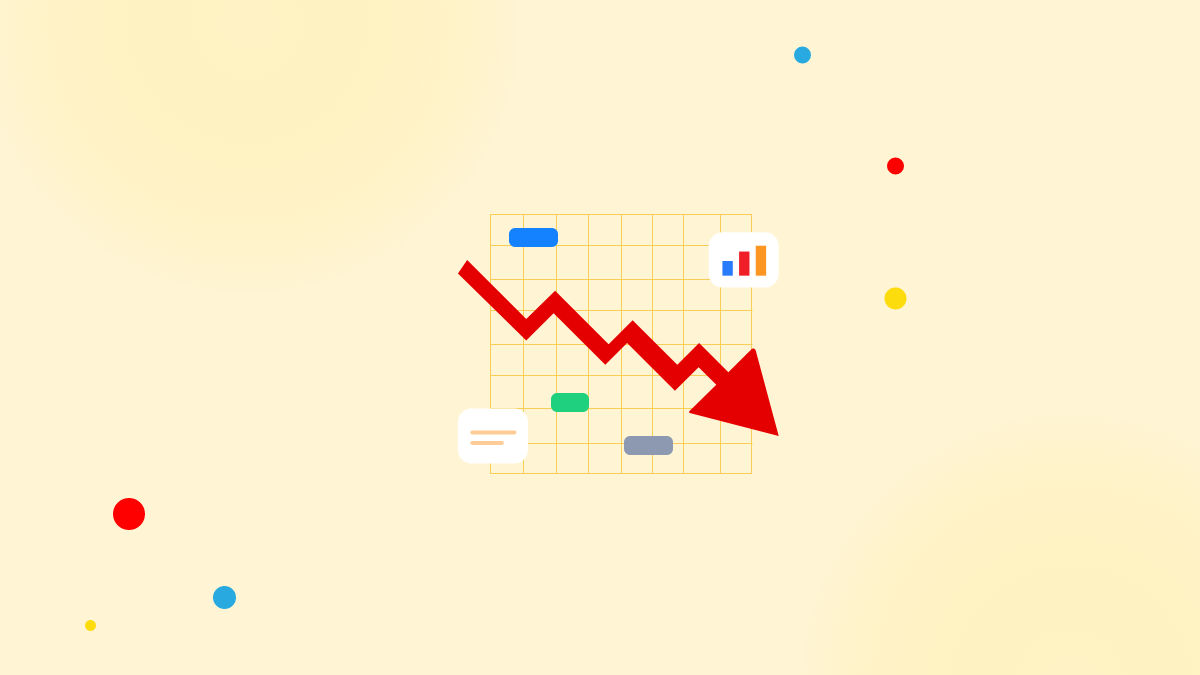 Why Project Success Requires More Than Just a Great Project Manager
Why Project Success Requires More Than Just a Great Project Manager
Project management isn’t a solo sport. It’s a collaborative team effort involving multiple departments, stakeholders, and moving parts. And yet, many organizations place the burden of project success squarely on the project manager’s shoulders. The truth? Without having end-to-end visibility across every project phase, even the most skilled project manager can struggle to keep everything on track.
This is where workflow automation platforms with full project visibility become game changers. They ensure all stakeholders, from the executive team to frontline employees, are aligned, informed, and proactive. Let’s explore how having absolute visibility over the entire project lifecycle can make all the difference.
The Challenge: Managing the Unknown
One of the biggest pain points in project management is the lack of real-time insight into project progress. According to the Project Management Institute (PMI), nearly 11.4% of investment is wasted due to poor project performance, often caused by inadequate communication and oversight (PMI, 2021).
When teams operate in silos, information gets lost, deadlines slip, and costly mistakes happen. A single missed update from a development team can derail an entire launch. A budget overrun might go under the radar until it’s too late. Without a proper way to track, manage, and automate workflows, project managers are left playing detective—chasing updates, unravelling miscommunications, and firefighting last-minute issues.
How End-to-End Visibility Changes the Game
A workflow automation platform that provides complete transparency into all project phases ensures that no task, deadline, or bottleneck goes unnoticed. Here’s how:
1. Improved Cross-Department Collaboration
Projects can involve many teams—marketing, sales, finance, operations, and beyond. With an automation platform that offers full visibility, everyone sees how their tasks fit into the bigger picture. No more email chains or endless meetings just to “touch base”. Everyone is aligned and on the same page with a shared view of progress.
2. Real-Time Status Updates & Risk Management
Data from McKinsey suggests that organizations using real-time project tracking are 20–30% more likely to deliver projects on time (McKinsey, 2022). When all project stakeholders can instantly see the status of tasks, dependencies, and potential roadblocks, they can proactively address issues before they escalate.
3. More Accurate Resource Allocation
Resource management is a common challenge, with nearly 39% of project failures linked to poor resource planning (Wellingtone, 2023). When teams have a clear view of who is working on what, overloading key employees or underutilizing available resources becomes a thing of the past.
 4. Better Decision-Making with Data-Driven Insights
4. Better Decision-Making with Data-Driven Insights
Rather than relying on instinct or occasional reports, automation platforms provide in-the-moment analysis of project status, budget usage, and team productivity. Executives are able to make rapid, informed decisions, cutting inefficiencies and maximizing outcomes.
5. Faster Approvals and Reduced Bottlenecks
Projects tend to come to a standstill when approvals are stuck in never-ending email threads or time-consuming processes. An automation platform accelerates approvals by automating processes, thus critical signoffs happen without unnecessary delays.
The Takeaway
Successful project management isn’t so much a function of having a great project manager – it’s a function of making sure every member of the team has the toolls and knowledge they need to work together seamlessly. An end-to-end automation platform stops the guessing game of collaboration and lets projects run smoother, faster, and with fewer surprises.
In a world where efficiency matters more than ever, can you actually afford to work on projects in the dark?
Explore Planally and get started today!



